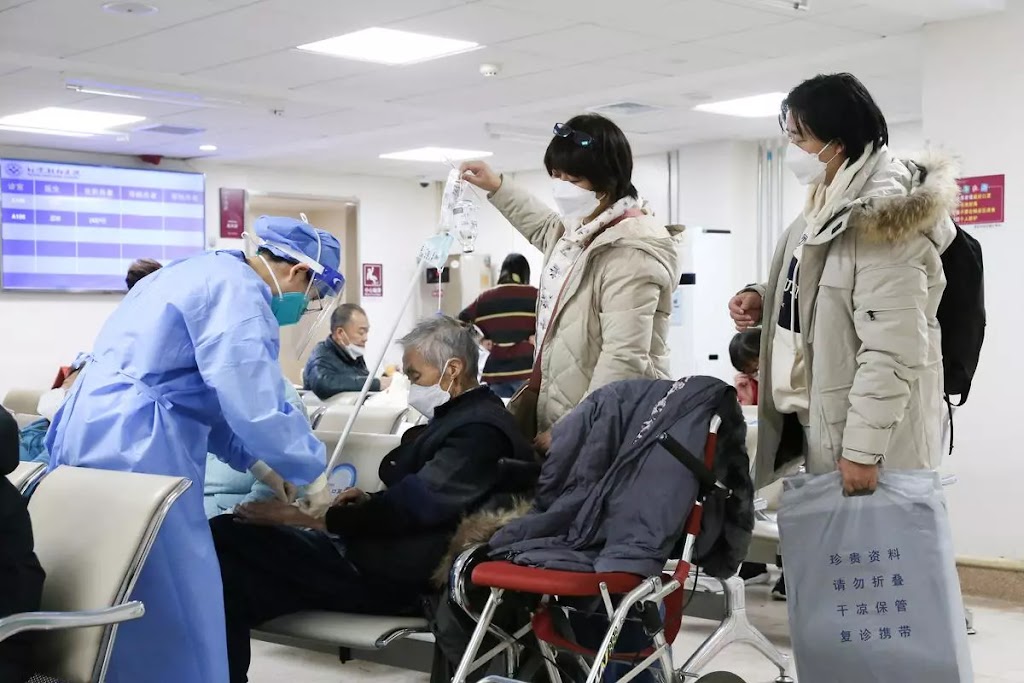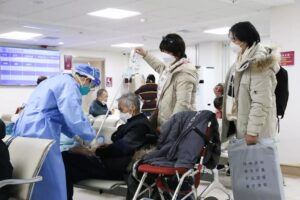The Centre recommended on Sunday that states and union territories assess their level of health preparedness in light of the recent respiratory disease outbreak in China. States have also been advised to implement the “Revised Surveillance Strategy in the Context of COVID-19” by the Union Health Ministry.
The release stated, “The Union Health Ministry has proactively decided to review the preparedness measures against respiratory illnesses, as a matter of abundant caution, in light of the recent reports indicating a surge in respiratory illness in children in northern China in the recent weeks.” The Union government stated that “there is no need for any alarm” despite actively monitoring the situation.
States and union territories were requested by the Centre to assess public health readiness. “States and UTs have been advised to immediately review hospital and public health preparedness measures, including senior-level infection control practices in healthcare facilities, availability of human resources, hospital beds, medications and influenza vaccines, medical oxygen, antibiotics, personal protective equipment, testing kits and reagents, functionality of oxygen plants and ventilators, and so on.”
“Operational Guidelines for Revised Surveillance Strategy in the context of COVID-19,” which were shared earlier this year and call for integrated surveillance of respiratory pathogens presenting as cases of influenza-like illness (ILI) and severe acute respiratory illness (SARI), have been advised to be implemented by all states, according to the Centre. “They have also been asked to ensure that the district and state surveillance units of the Integrated Disease Surveillance Project (IDSP), particularly of children and adolescents, should be closely monitoring the trends of ILI/SARI,” the statement continued.
According to the Centre, the combined impact of these preventive actions could avert any possible circumstance. According to data provided by the WHO, respiratory illnesses are becoming more common in China’s northern regions. According to the World Health Organisation, this increase is the result of a cyclical trend in respiratory diseases like Mycoplasma pneumonia as well as the implementation of COVID-19 restrictions that coincided with the start of the winter season. The release stated, “Although WHO has requested further information from Chinese authorities, it is determined that there is currently no cause for alarm.”
See also: Javier Milei: An outsider from Argentina’s far right wins the presidency


